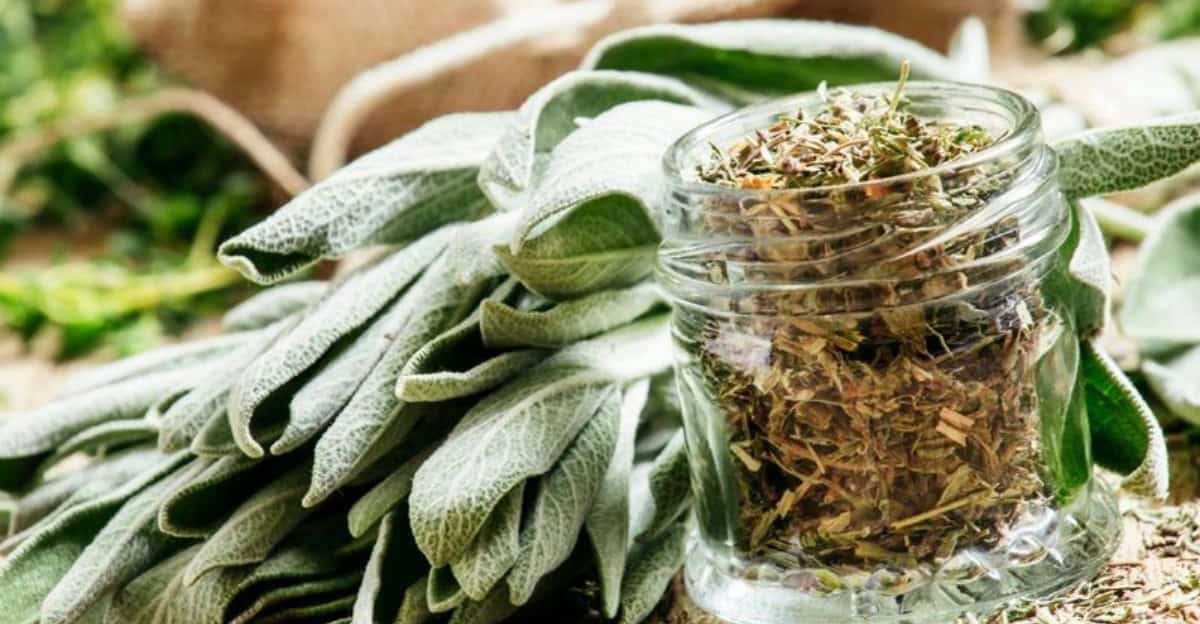Sage is a versatile herb cherished for its rich flavor and aromatic properties. Growing sage successfully requires understanding its unique needs and quirks.
Whether you’re a seasoned gardener or a beginner, these 10 essential tips will pave the way to a thriving sage garden.
1. Choose the Right Location
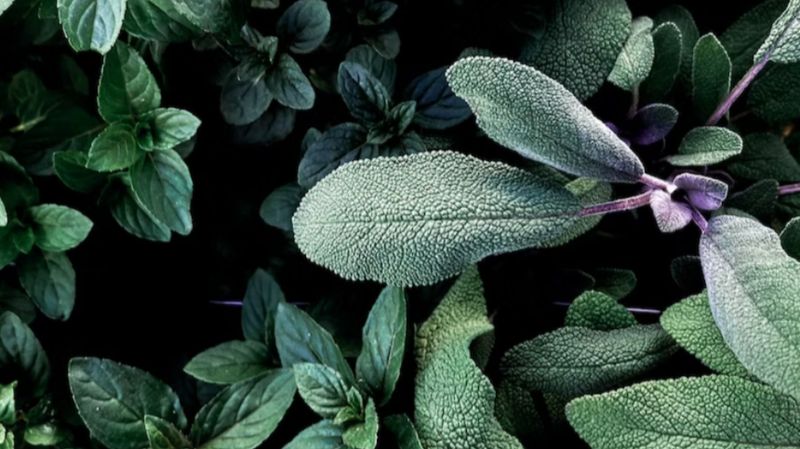
Sage thrives in sunny spots with well-draining soil. Ensure your garden location receives at least 6-8 hours of sunlight daily.
Poor drainage can lead to root rot, so avoid low-lying areas. Providing optimal conditions will lay the foundation for healthy, robust sage growth.
2. Use Quality Soil
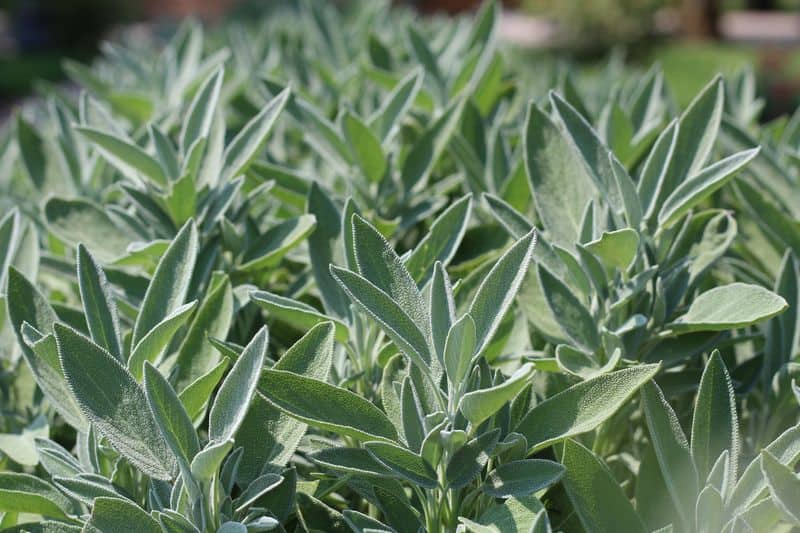
Opt for a light, sandy, and well-draining soil mix to encourage healthy sage growth. Incorporate organic matter like compost to enhance soil fertility.
Avoid heavy clay soils as they retain moisture, which can damage roots. The right soil composition supports strong and resilient plants.
3. Water Wisely
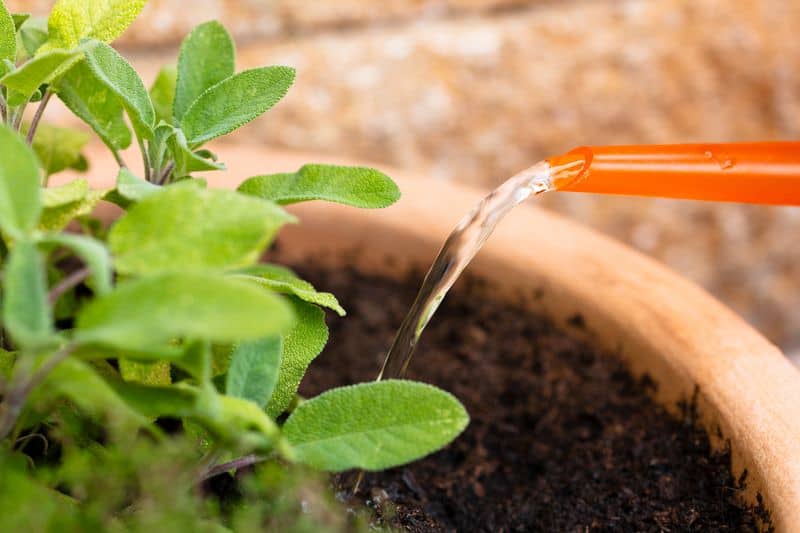
Sage prefers dry conditions, so water sparingly. Allow the top inch of soil to dry out before watering again. Overwatering can be detrimental, leading to root rot and disease.
Adjust watering frequency based on weather conditions, ensuring plants receive just enough moisture.
4. Prune Regularly
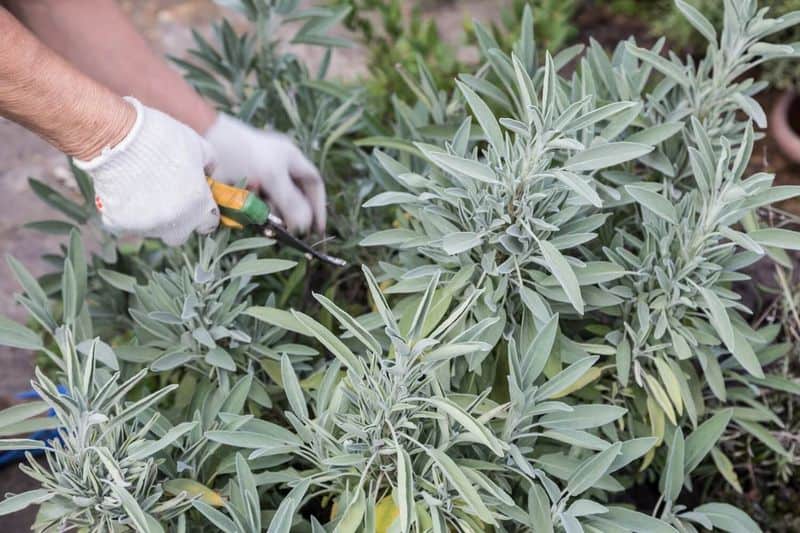
Regular pruning encourages bushy growth and prevents sage plants from becoming leggy. Trim back stems after flowering and remove dead or damaged leaves.
Pruning helps maintain plant shape, improves airflow, and enhances overall health. It’s a simple task with significant benefits.
5. Monitor for Pests
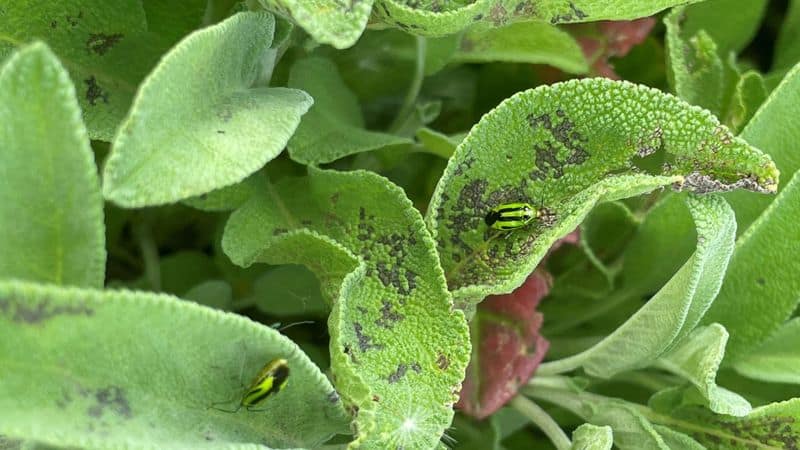
Keep an eye out for common pests like aphids and spider mites. Regularly inspect the undersides of leaves for signs of infestation.
Use natural remedies like neem oil or insecticidal soap to control pests effectively. Vigilance helps maintain your sage plants’ vitality.
6. Fertilize Sparingly
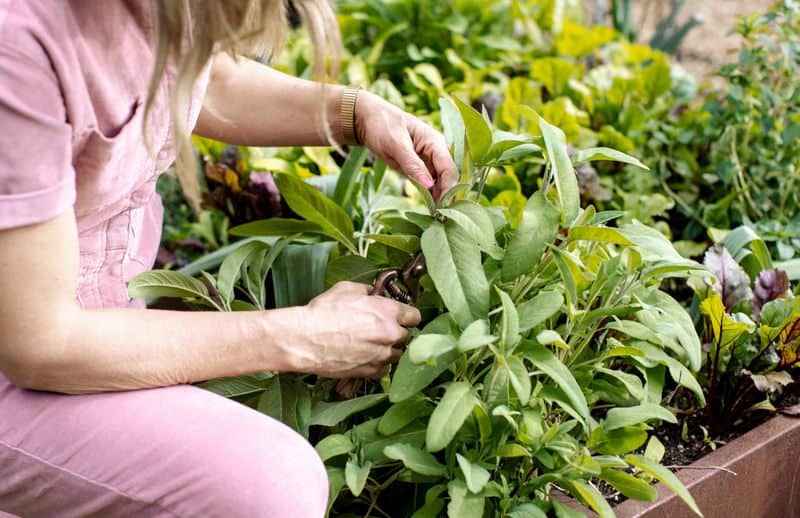
Sage doesn’t require heavy fertilization. Apply a balanced, organic fertilizer once in the growing season. Over-fertilizing can lead to excessive growth and reduced flavor intensity.
A measured approach ensures robust plants without compromising the quality of your sage.
7. Mulch to Retain Moisture
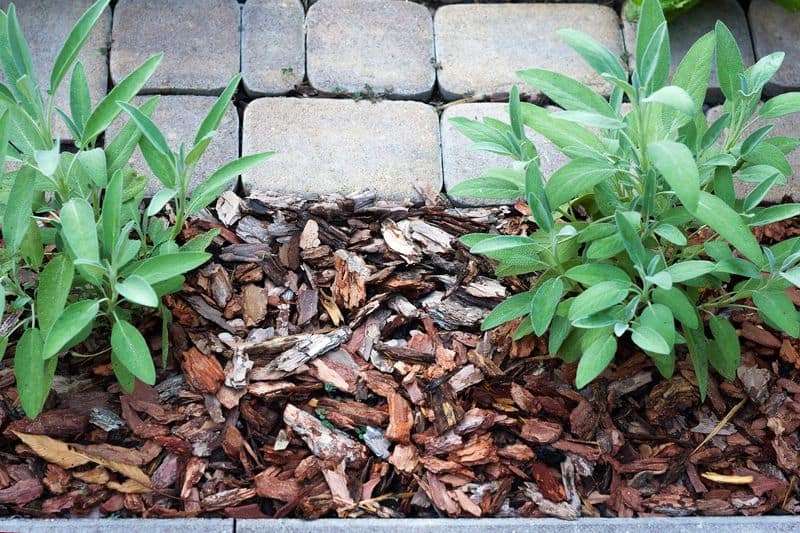
Mulching helps retain soil moisture and suppress weeds. Apply a 2-3 inch layer of organic mulch around the base of sage plants.
This practice conserves water, maintains consistent soil temperature, and reduces weed competition, leading to healthier, more productive plants.
8. Ensure Proper Spacing
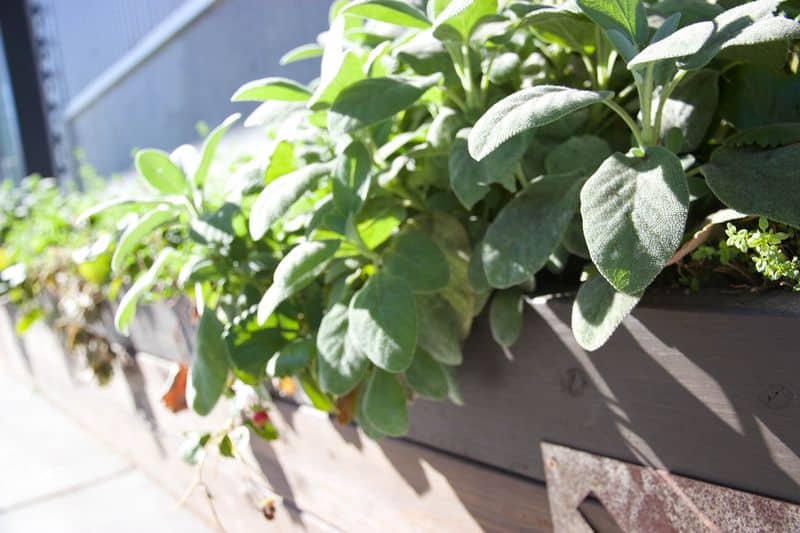
Space sage plants about 24 inches apart to allow for adequate air circulation. Proper spacing reduces the risk of fungal diseases and encourages healthy growth.
Crowded plants can struggle for resources and become more susceptible to pests and disease.
9. Harvest Thoughtfully
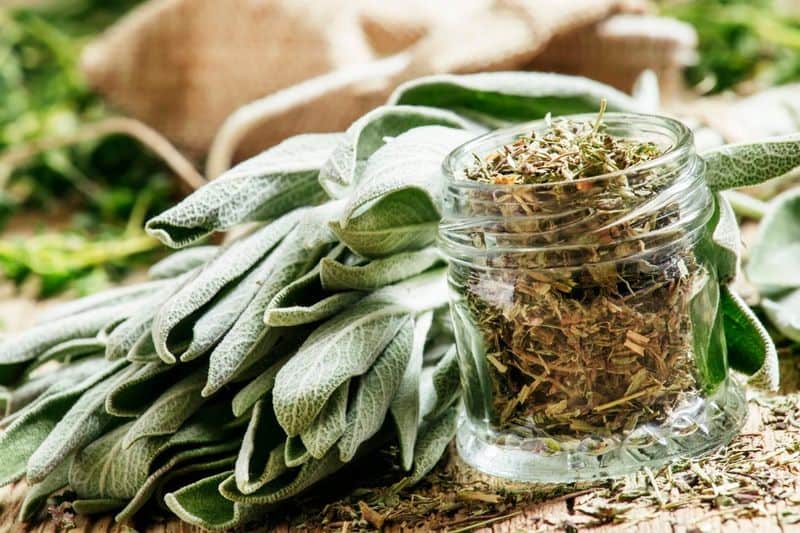
Harvest sage leaves in the morning when oils are most concentrated. Use sharp scissors to snip leaves cleanly, avoiding damage to the plant.
Regular harvesting promotes new growth and prevents the plant from becoming woody. Enjoy fresh, aromatic sage all season long.
10. Protect from Frost
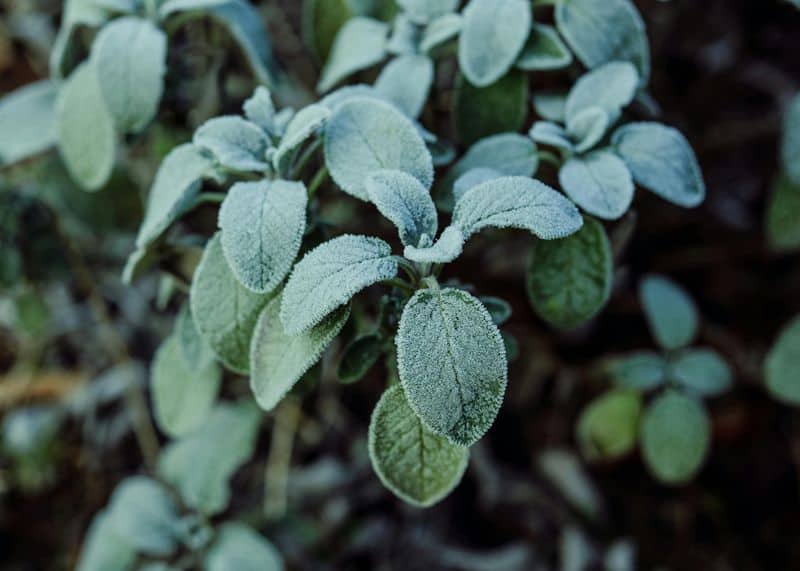
Sage is sensitive to frost, so provide protection when temperatures drop. Use frost cloths or move potted plants indoors.
Adequate protection ensures your sage plants survive winter and thrive in the next growing season. A little preparation goes a long way in safeguarding your plants.

